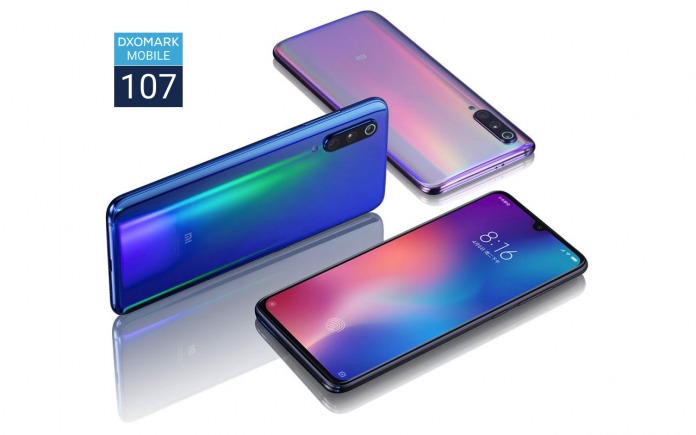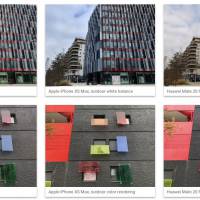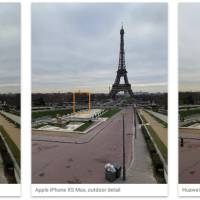
The Xiaomi Mi 9 is the latest flagship to be scrutinized by the DxOMark team. It’s something we know would be given attention right away because of the AI Triple Camera that is composed of a 16MP ultra-wide-angle camera, 48MP main camera, and a 12-megapixel telephoto camera. The phone also allows night mode, Supermoon mode, advanced motion tracking video, and 960fps video recording capabilities. The 48MP sensor can produce 12MP images. The device also boasts contrast detection, laser, and PDAF to ensure high-quality images all the time.
Xiaomi takes pride in the AMOLED display, Full HD+ resolution, and the Snapdragon 855 from Qualcomm. The camera specs are impressive. The triple-camera setup features the primary 48MP 1/2-inch Sony IMX586 quad-sensor with 0.8µm pixels, f/1.75-aperture lens, and 26mm-equivalent focal length. The Telephoto cam is comprised of a 12Mp 1/3.4-inch Samsung S5K3M5 sensor with 1.0µm pixels, f/2.2-aperture lens, and 50mm-equivalent focal length. Last but not least, is the Super-wide-angle 16Mp 1/3-inch Sony IMX481 sensor, 17mm-equivalent focal length, and f/2.2-aperture lens. They are accompanied by a standard LED flash.
With a score of 107, the Xiaomi Mi 9 makes it to No. 2 on DxOMark–just behind the Huawei Mate 20 Pro and the Huawei P20 Pro. The results took us by surprise.
It’s not exactly perfect but the results are impressive. The Mi 9 generally offers accurate and repeatable target exposure. The noise bright light and under indoor lighting is well under control.
Autofocus is accurate and fast while white balance is generally accurate. Flash results are also excellent and there’s good subject isolation and blur gradient in bokeh mode. When using the zoom function, you will see good details.

A few disadvantages are noticeable: loss of fine detail, slightly limited dynamic range, Luminance noise when zooming in low light, and unnatural tone compression effects in the bright areas especially high-contrast shots.
When it comes to videos, results show efficient stabilization in most situations, excellent details in bright light and even when shooting indoors, responsive and repeatable AF performance, low noise outdoors and indoors, accurate white balance and good color rendering, plus good target exposure even in low light.
You may see some ghosting and dropped frames though, as well as, those noise in low-light scenes like on moving subjects. When shooting indoors, you may see occasional focus instabilities.
SOURCE: DxOMark















